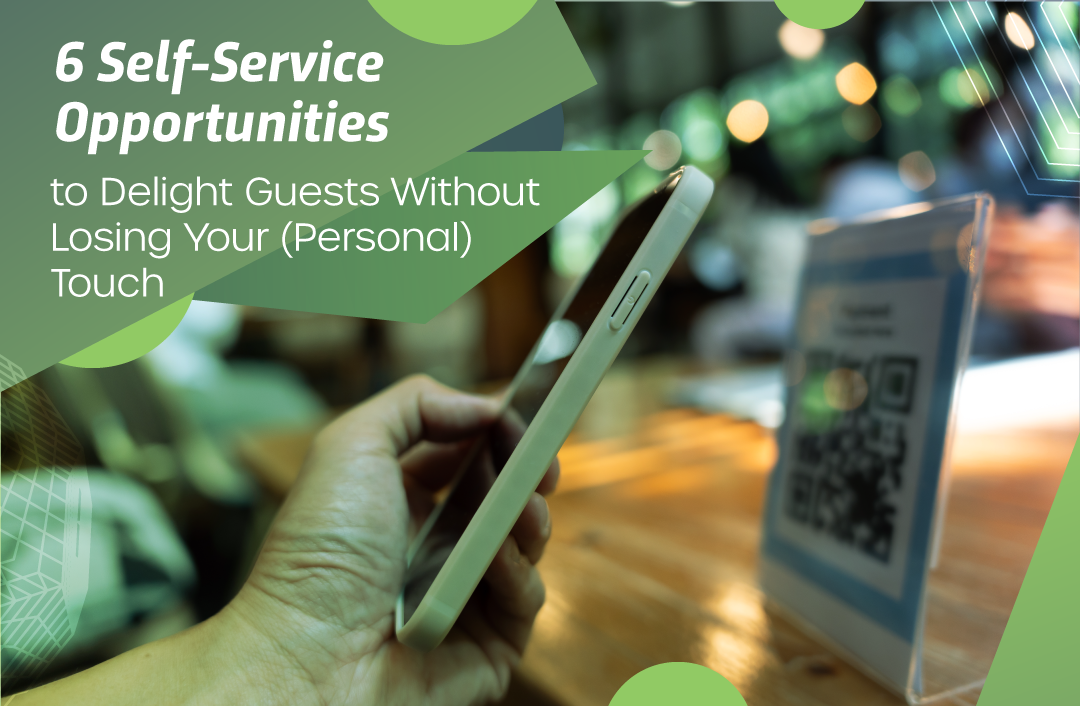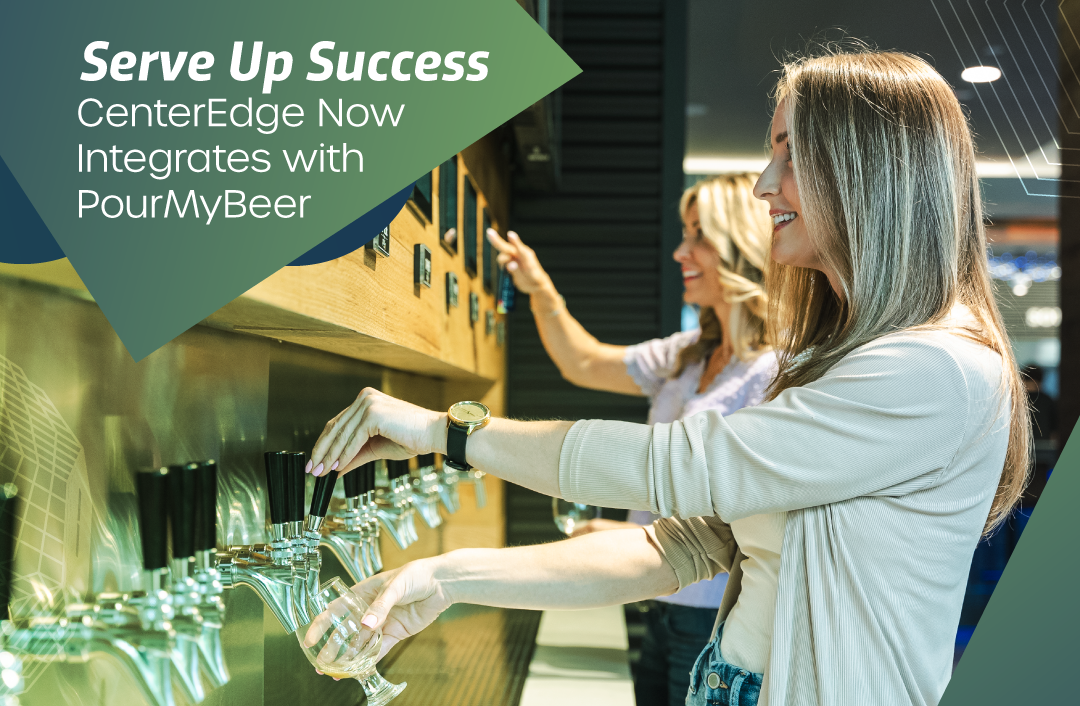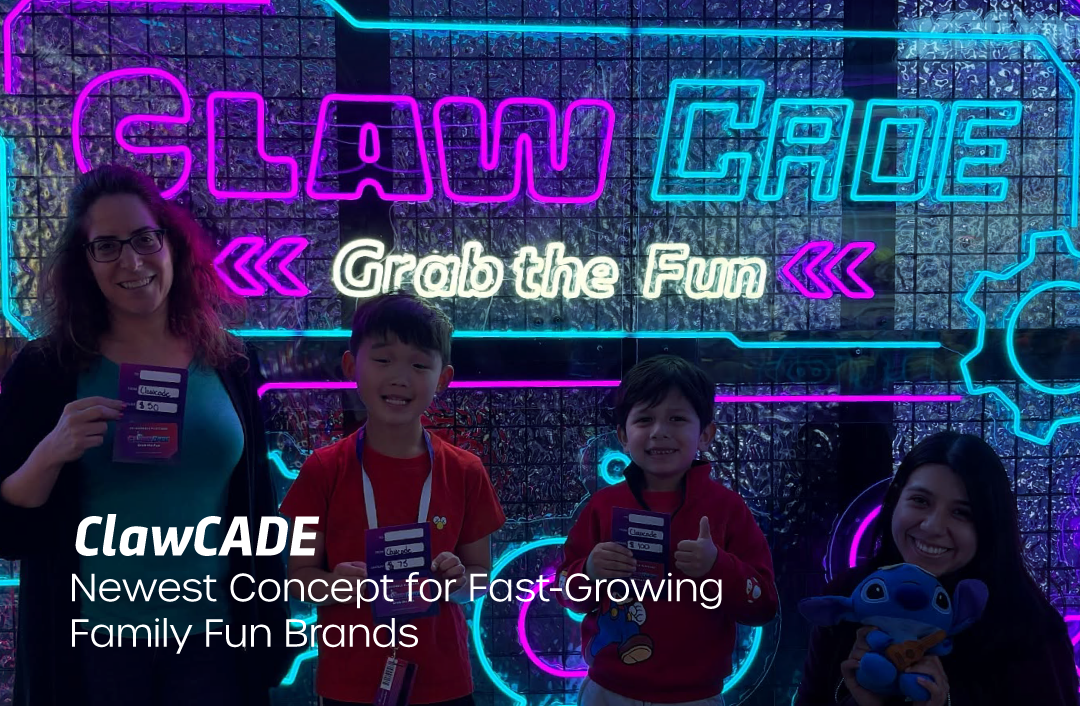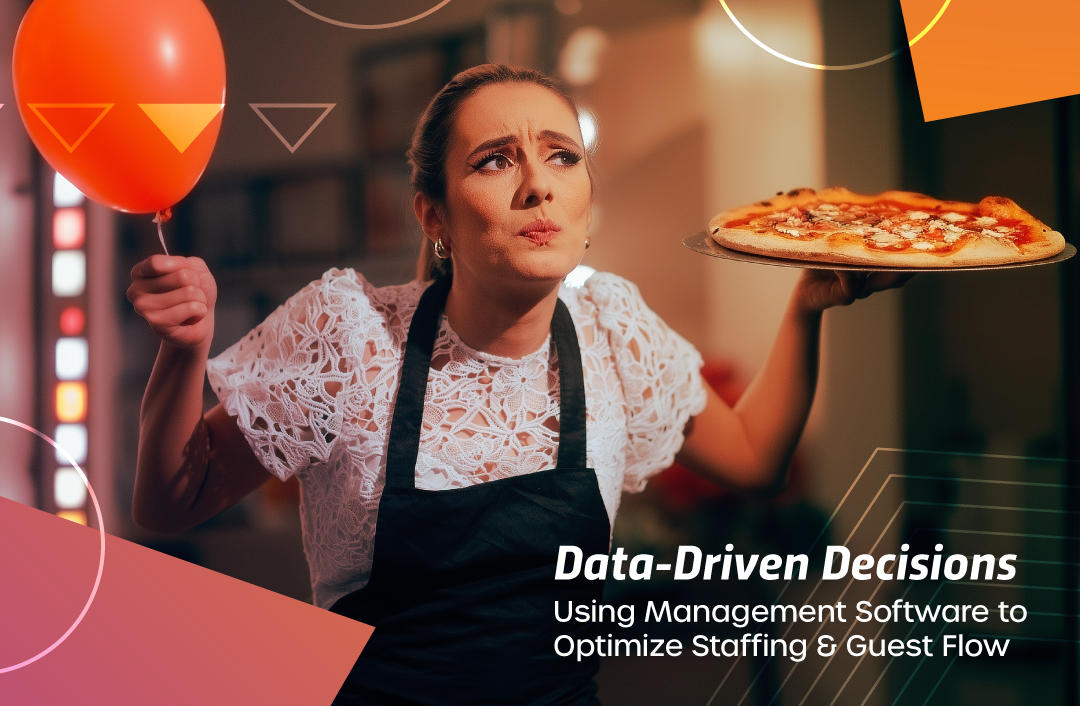Clients are often troubled by the question of upselling and how to persuade team members to do it. The book, Go for No! Yes is the Destination, No is How You Get There by Richard Fenton and Andrea Waltz, offers a compelling philosophy that I believe can help address the issue. In the fable, a sales manager is coaching a newer associate in a men’s clothing store. The sales person is thrilled; he’d just made a huge sale, the best in his career even, and his customer bought every single thing offered to him. What a win! Or is it?
The manager patiently waits for the associate to finish preening and then replies, “that’s great. What did he say ‘no’ to?” And the associate responds incredulously that it was a complete win, of course, the customer didn’t say “no” to anything. Ah, and here’s the sticking point, because the manager then asks, “then how did you know he was done?” I’m not going to lie, when I read that sentence, it was as if the heavens opened up and the angels sang. How many opportunities have I missed when I determined that my client was finished buying? How often have I sold myself, and my clients’ experiences, short because I failed to offer all the things that would make their day better due to my own preconceived spending limit? Bottom line, you’re not listening for the “yes” in sales, but actually the “no.”
That doesn’t mean that you should push a heap of uselessness onto your potential customer. Offering the wrong fun or the wrong solution or the wrong specials can certainly get you to the “no” quickly and it can be hard to recover from that. I believe that focusing on these three principles can really make all the difference between “no, thanks, I’m stuffed” and “no, thanks, I’m not interested.”
The first, which should come as no surprise, is to ask your potential client questions then really listen to the answers. Remember that the more you know about your guests’ available time, their goals for the day or outing, and their past experiences, the better you’re in position to offer them things they’ll actually buy. In my mind, a great example of when this goes horribly wrong is when you’re sitting in a restaurant and a server arrives and says, “Hi, I’m Jimbo, let me tell you about our specials this evening. They include this salmon blah blah blah, and this steak that….” Ugh, I hate salmon. And I stopped listening after the first sentence. Wouldn’t it be better for him to say, “Hi I’m Jimbo, what brings you out tonight? A birthday? How fabulous! We’ve got some specials I’d love to tell you about, how do you feel about steak or salmon? Hate salmon? Ok salmon is dead to me, but our 12 ounce filet on special is about the best thing you ever tasted…” It would take the same amount of time, perhaps even less, and would make the entire exchange meaningfully more personal. Additionally, it would likely increase his tip, at least at my table. Instead of pushing constantly, it’s important to pull information from your prospect.
The second principle is that it never hurts to ask. Ever. So go ahead and ask them to buy because you’ve got nothing to lose. I recently witnessed this principle in action better than ever before in an airport wine bar one evening. Folks were passing in and out, stopping for a drink or bite to eat before shuffling off to their flights. I observed a bartender in all her upselling glory. I ordered a glass of pinot noir, to which she responded, “how about the 9 ounce?” Why yes, I would like the nine ounce. I listened in as she interacted with others at the bar. A gentleman ordered a Crown and Ginger and she responded effortlessly, “double Crown and Ginger?” Yes. I was impressed, she never missed a beat. Another patron asked for his check and she said, “absolutely, bottle of water for the road?” Ha, here’s where she would lose, I thought. Everyone knows you get a drink within the first 20 minutes on a plane. But no. That was my assumption. That’s the moment where I would have lost because I would have assumed that the request for their check signaled the end of their order. I was wrong—the customer bought the water. In fact, the next three customers bought the water. In total, I watched this bartender get the “yes” 8 out of 10 interactions. I was blown away. When it was time for me to leave, I told her it had been a pleasure to observe her, and that she was the best upseller I had ever seen. She laughed and thanked me and said, “Oh this is easy. It all sells itself.”
This brings me to the last principle, which is consistency. The bartender I observed was so reliably consistent in her approach that it became easy for her to sell anything, and with an 80% success rate, I’d say she nailed it. So there’s a lot to learn from her. Don’t be afraid to ask, and ask every time. Make it look easy and it will be.
What’s your selling method? Do you stop at the yes or go for the no? Share your thoughts or upselling techniques with us by commenting on our blog or on social media, and send any feedback or questions to clientsuccess@centeredgesoftware.com.
Search Resources
Subscribe to Email Updates
Featured Resources
Blogs //
6 Self-Service Opportunities to Delight Your Guests Without Losing Your (Personal) Touch

News //
CenterEdge Now Integrates with PourMyBeer to Help FECs Serve Up Success

News //
ClawCADE is Newest Concept for Fast-Growing Family Fun Brands

Blogs //
Data-Driven Decisions: Using Management Software to Optimize Staffing & Guest Flow

Posts by Topic
- Advantage Payments (7)
- Brand Management (19)
- Business Growth (81)
- Capacity Management (2)
- CenterEdge News (28)
- Client Interviews (8)
- Credit Card Processing (3)
- Data & Reporting (12)
- Digital Signage (1)
- Event Management (20)
- Facility Management (10)
- Food & Beverage (8)
- Guest Experience (34)
- Guest Management (20)
- Holiday Season & Promotions (5)
- Industry Events (10)
- Inventory Management (1)
- Loyalty Programs (8)
- Marketing Tips (24)
- Operations (1)
- Point of Sale (10)
- Product Launch (11)
- Productivity (5)
- Profitability (35)
- Redemption Management (1)
- Sales (35)
- Season Passes (1)
- Team Training (60)
- Waivers (2)

Leave a Comment